A Photography Composition Guide for the Art of Street Layering
Many photographers struggle with making their images feel alive. Scenes look cluttered, subjects don’t pop, and the frame lacks depth. This Photography Composition Guide is built to help you break through creative plateaus and see the street in layers.
Learn to build depth, rhythm, and story into your images through the art of layering.
Whether you’re a beginner or a seasoned photographer, mastering layering will scale up your street photography from good to compelling.

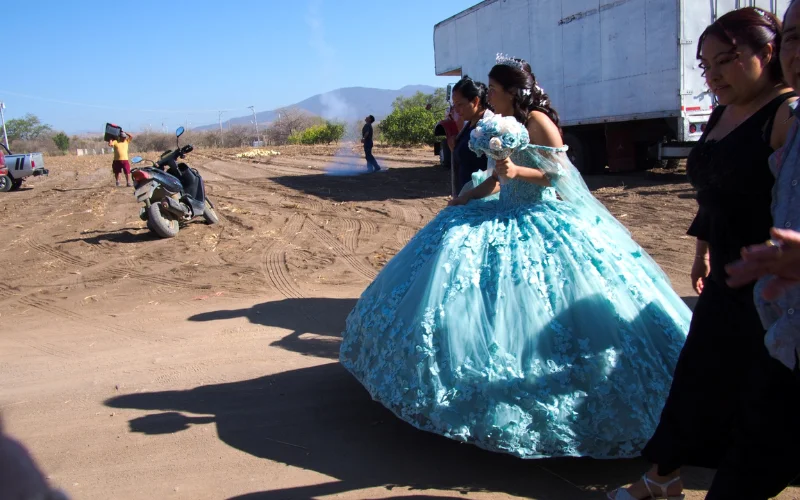
What Is Layering in Street Photography?
Layering is the art of composing images with multiple planes of activity or interest. Think of it like a stage:
Foreground draws you in
Middle ground shows your subject or story
Background gives depth or context
Done right, layering adds emotion, movement, and complexity to your photos. It helps the viewer feel like they’re inside the scene & not just looking at it.
Street photography is fast. Scenes change in seconds. Without solid composition, great moments go unnoticed or feel chaotic. Learning to layer slows you down and helps you see stories before they happen. Layering teaches patience, awareness, and visual storytelling.
Capture the Soul of the Street Through Composition
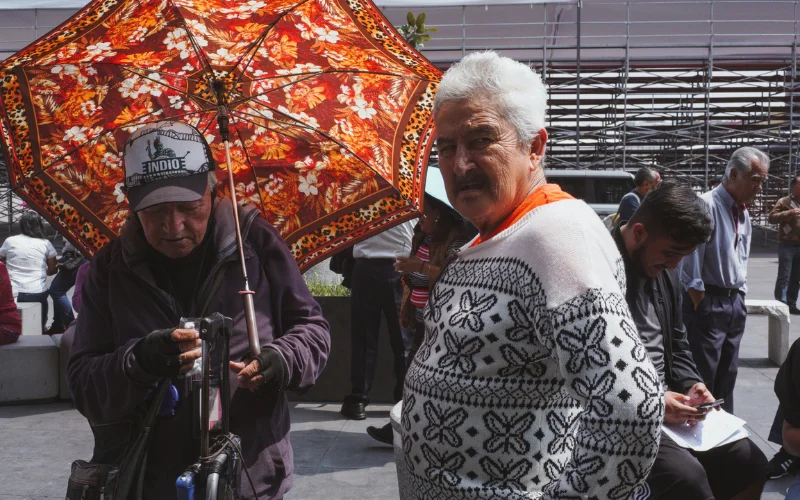
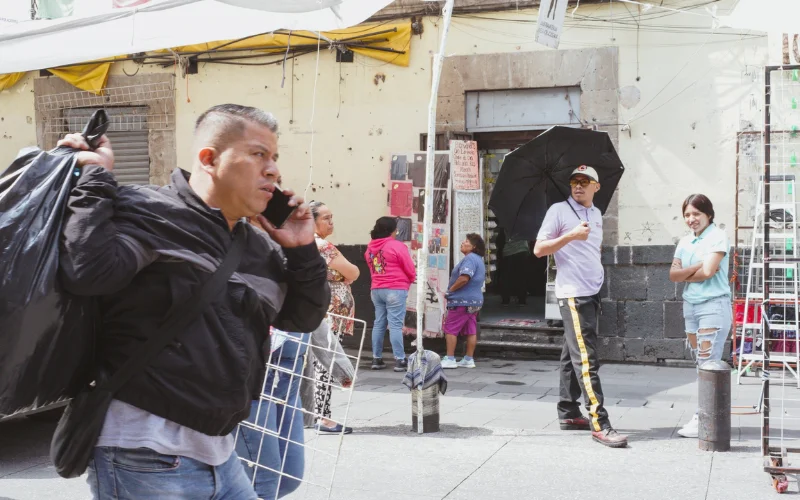
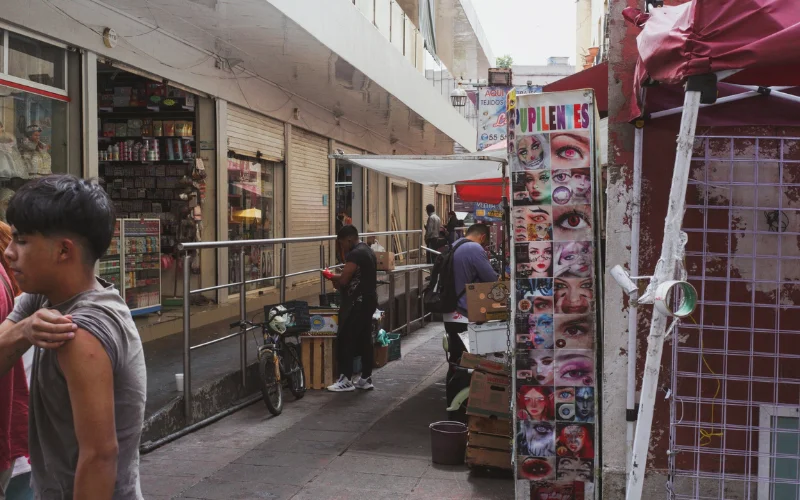
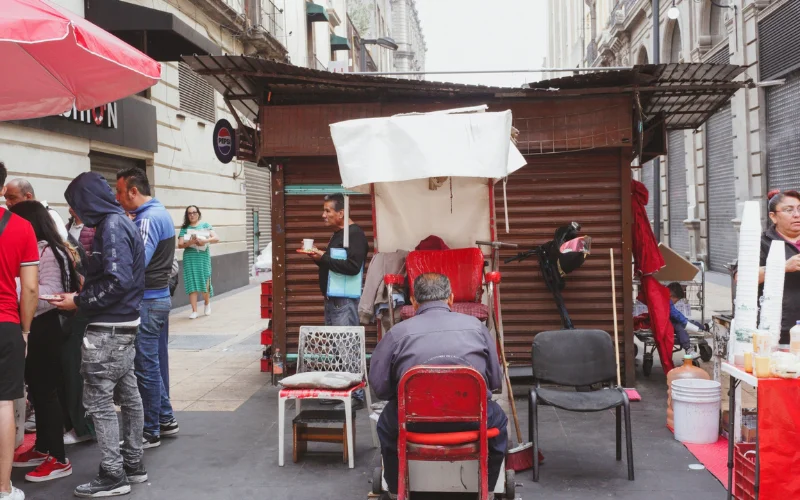
Frequently Asked Questions
In photography, composition refers to how elements are arranged within a frame to create a visually appealing and impactful image. Good composition guides the viewer’s eye, conveys a story, and adds balance, depth, and interest to your photos.
Key elements of composition in photography include:
Lines – Guide the viewer’s gaze.
Shapes & Forms – Define subjects and structure.
Color & Contrast – Create mood and highlight subjects.
Texture – Adds depth and realism.
Space – Positive and negative space for balance.
Light & Shadow – Adds drama and focus.
Composition rules are guidelines that help you create stronger images. Common composition rules include:
Rule of Thirds – Position key elements along grid lines.
Leading Lines – Direct the viewer’s eye.
Framing – Use natural or man-made frames.
Symmetry & Patterns – Create harmony.
Depth – Layer foreground, midground, and background for a 3D feel.
Treat the middle ground as the spotlight. It is where your main subject belongs and where they can stand out within the layered context.
Yes, this course guides you in identifying and using foreground, midground, and background layers to create depth.
Layering in photo editing means stacking multiple images, adjustments, or effects on top of each other without altering the original file. This allows for non-destructive editing, easy adjustments, and creative combinations like double exposures, text overlays, or composite art.
Yes, the masterclass explains how different focal lengths impact depth, layer separation, and viewer perception.
To add a photo to a Photoshop layer:
Open your base document in Photoshop.
Go to File → Place Embedded (or drag and drop your image).
Resize and position the photo as needed.
Press Enter to confirm placement.
Your image will now be on its own layer, ready for editing.




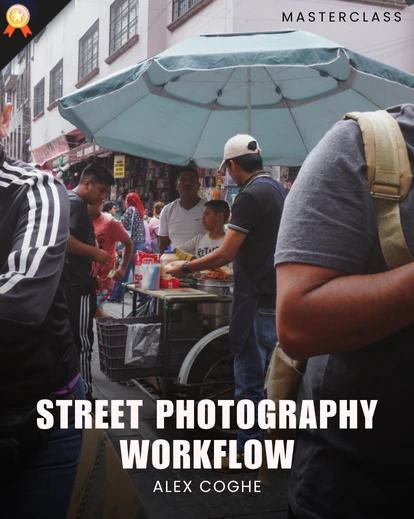


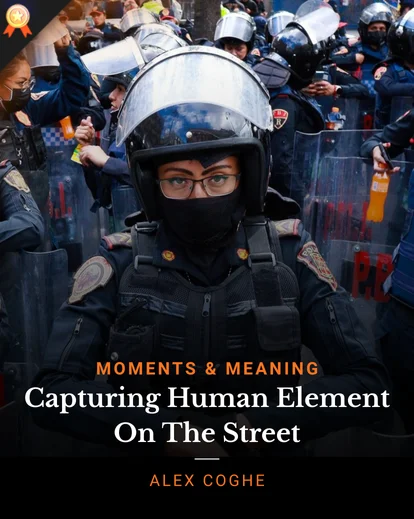

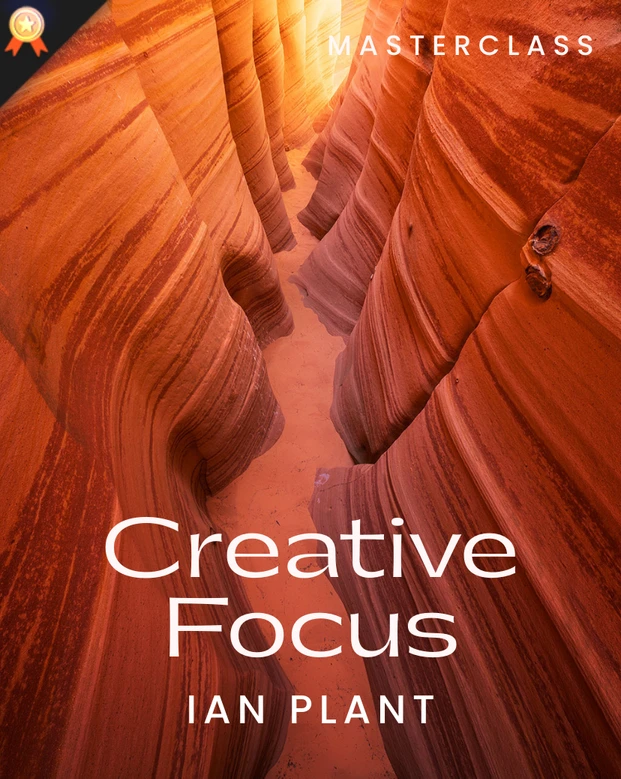
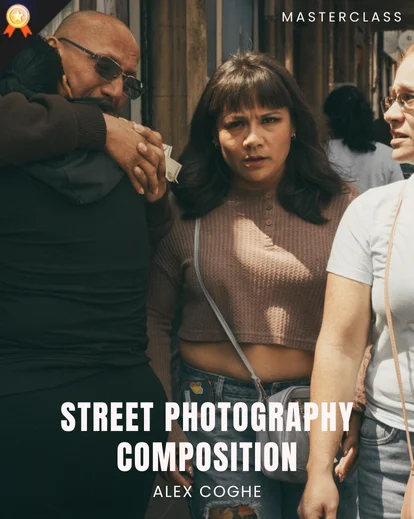
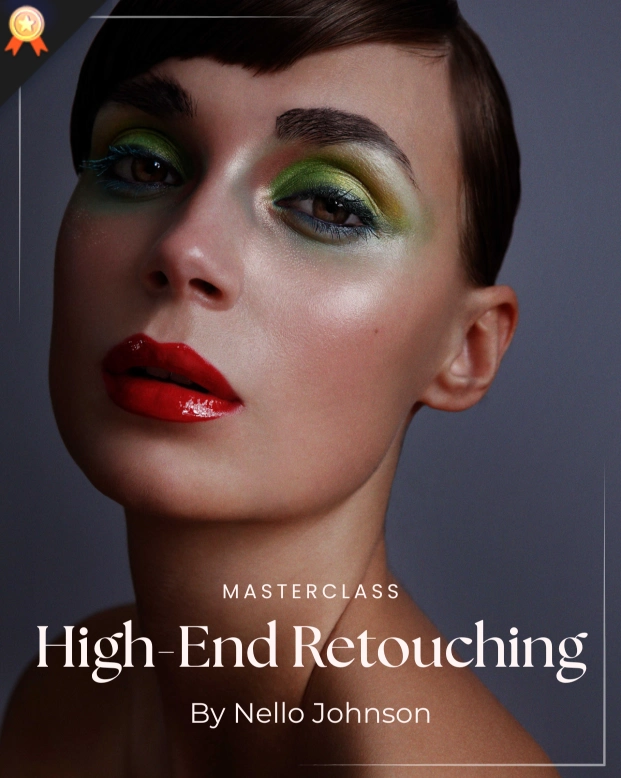
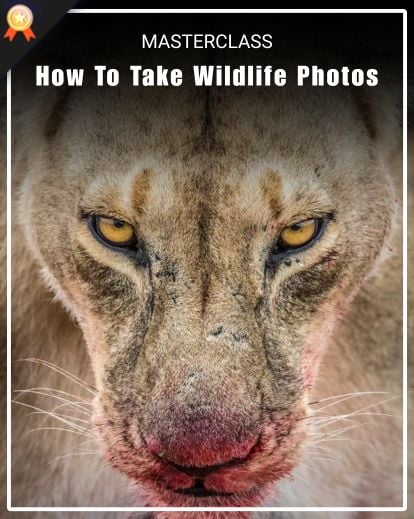
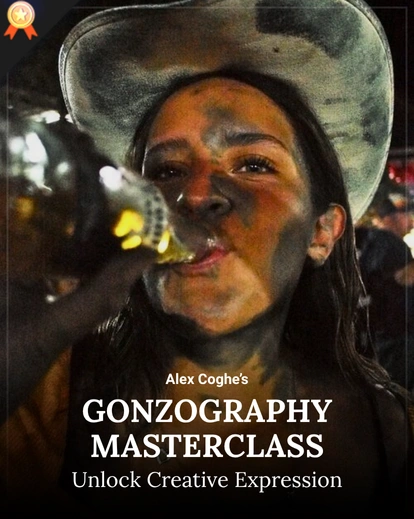
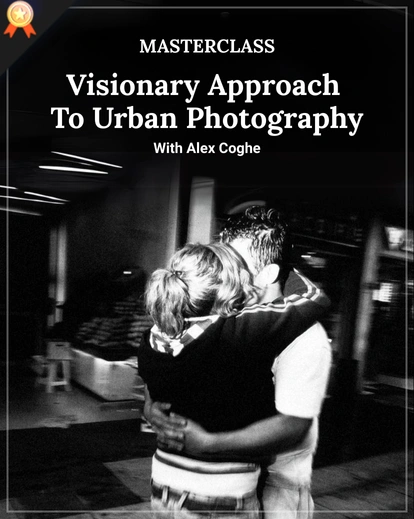


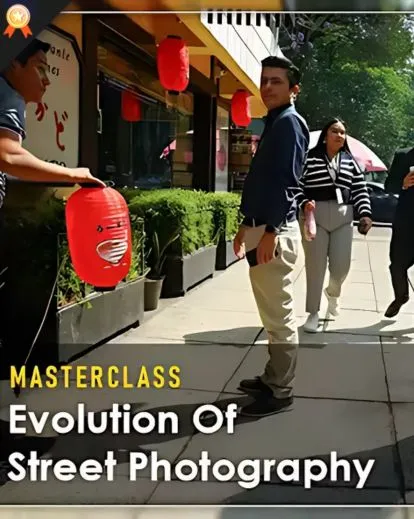


Reviews
There are no reviews yet.